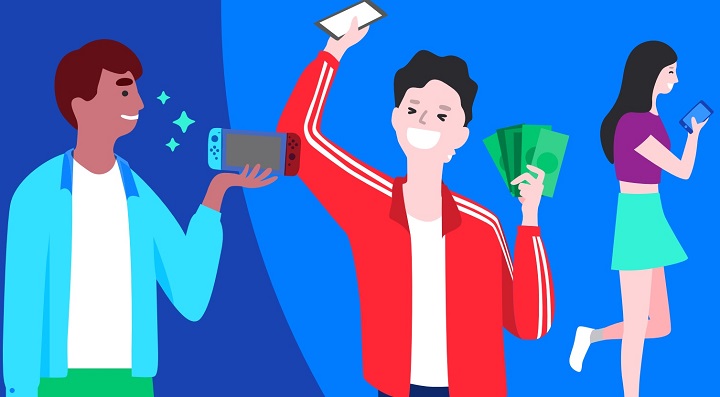The Philippines is the most receptive market for secondhand goods in the Greater Southeast Asian region. This is one of the findings in the inaugural Carousell Recommerce Index (2021 report), a Carousell Green initiative that highlights the importance of sustainability and recommerce in the region. The report is part of several programs organized by Carousell Group, the leading classifieds group in Greater Southeast Asia, to help address the issue of overconsumption and covers findings from four Carousell Group brands namely Carousell, Cho Tot, Mudah.my and OneKyat, across eight markets – Hong Kong, Indonesia, Malaysia, Myanmar, the Philippines, Singapore, Taiwan and Vietnam, involving over 3,000 buyers and sellers.

Recommerce refers to the selling and buying of previously-owned products, including both new and used in condition. In the Philippines, 92% of consumers responded that they’ve bought secondhand items including unused and brand-new items by casual everyday sellers. This is the highest among all Carousell Group markets. It was shown that 58% percent of Filipino online consumers are most comfortable buying secondhand apparel, while 75% of Filipino merchants choose to sell secondhand apparel.
When it comes to buying secondhand items, 74% of Filipino consumers prefer purchasing secondhand items due to their affordable price, while 72% of consumers who have never bought a secondhand item said that having authentication and warranty of products will motivate them to buy secondhand items.
Regionally, consumers had an estimated 102,556 unwanted items at home that could be sold. The Philippines is one of the markets that had the most users forecasting 100 unwanted items to sell, and tied with Hong Kong in third place for the highest average items per user at 43 unwanted items. While most consumers estimated earning between PHP 2,501 to PHP 5,000 for selling their unwanted items, 11% believed they could earn more than PHP 35,0000.
Overall, the study revealed that while Women’s Fashion has held a steady position at the top category for secondhand items on Carousell Philippines, Men’s Fashion and Hobbies & Toys climbed the charts in 2020 to be in second and third place respectively. T-Shirts & Polo Shirts saw the most interest for Men’s Fashion, while the demand for Children’s Books was the highest in Hobbies & Toys. The top categories for supply are similar, with secondhand cars breaking out into third place. Listing views for used cars rose by 37% during the pandemic.

“Recommerce offers the second-best sustainable option by extending the life cycle of each garment and material, keeping it out of landfills, and replacing the need to produce new items, and limiting consumption,” said Ralph Garcia, Country MarketingHead, Carousell Philippines. “Since the pandemic drastically changed consumer behavior in the past months, we came up with the Carousell Recommerce Index to find out where we are now, and what we can do to encourage Filipinos to consider buying secondhand as their first choice to promote a circular economy and encourage them to practice a more sustainable lifestyle “
Despite the growing support for recommerce across the regions, there are still buyers who are hesitant to purchase secondhand items because they find it difficult to ascertain the quality of a product. In the autos category in Carousell Philippines, this has been circumvented with the launch of Carousell Autos “Inspected” feature which is available to all buyers for free to provide them with confidence and peace of mind when searching for vehicles in the Carousell platform. Carousell will continue to be a gateway for anyone to contribute to the circular economy, encouraging consumers to take their first steps towards more sustainable lifestyles.
Lucas Ngoo, Co-founder, Carousell Group said, “As a pioneer for mobile classifieds in the region, Carousell Group has been constantly working to remove friction and enable secure, seamless transactions. With the use of AI and data, we have been focused on accelerating our recommerce leadership in the region to make buying secondhand trusted and convenient. This, in turn, will help to solve the meaningful problem of overconsumption with recommerce and thus make secondhand the first choice for consumers.”

